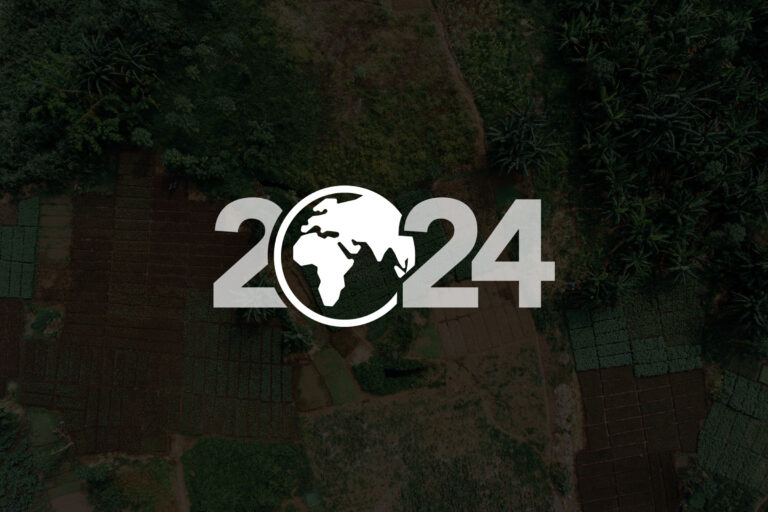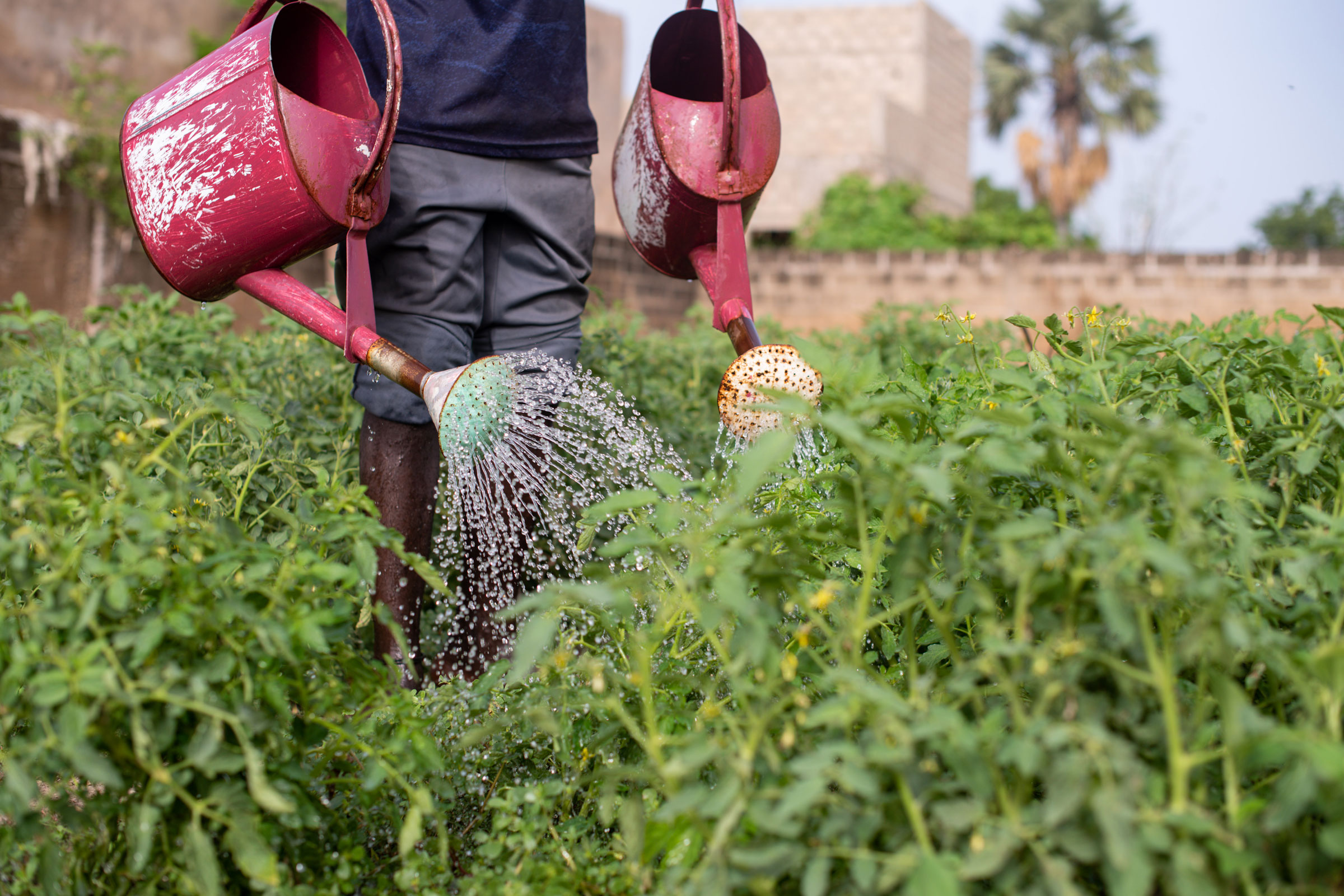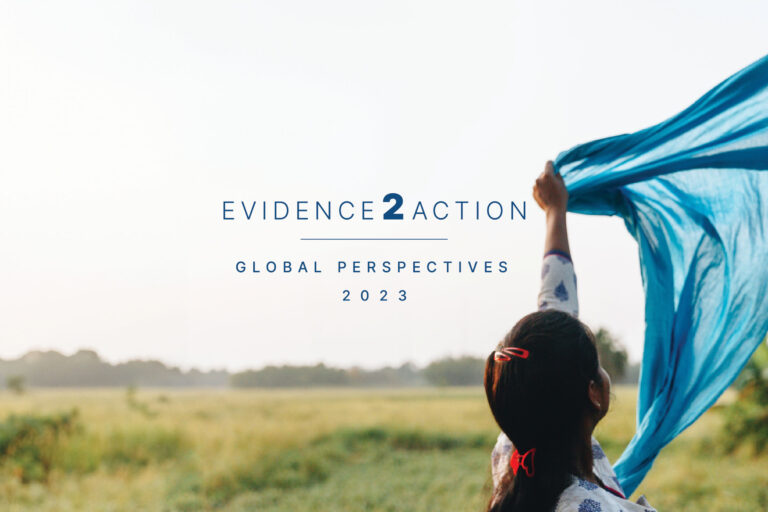Jessica Kelley

Winrock International’s top stories of 2024
January 7, 2025
Check out some of the most clicked and shared announcements, stories and blogs from Winrock International in 2024 — an exciting year that included new Winrock President and CEO Maqsoda Maqsodi beginning her tenure; ACR’s announcement of the first issuance of carbon credits from plugging orphaned oil and gas wells in the U.S.; Winrock’s human […]
2024 World Day Against Trafficking in Persons
Winrock International cordially invites you to join a virtual discussion: “World Day Against Trafficking in Persons 2024 – No Child Left Behind: Approaches to Countering Child Trafficking Globally.” In line with the 2024 World Day Against Trafficking in Persons theme of Leaving No Child Behind in the Fight Against Trafficking, the speakers will explore policy […]
Developing climate-responsive agricultural extension and advisory services: lessons and opportunities
January 8, 2024
February 22, 2024GMT-005, 9:00-10:00 am (America, New York) Climate change is affecting the lives of everyone on the planet, with smallholder agricultural producers in low and middle-income countries being disproportionately affected. To mitigate the complex agricultural challenges posed by climate change, there is a need to sustainably increase agricultural productivity and incomes, adapt and build […]
Evidence2Action: Global Perspectives
November 1, 2023
Winrock International and International Justice Mission cordially invite you to attend Evidence2Action: Global Perspectives in Washington, D.C. on Wednesday, December 6 from 8:30 am – 4:00 pm ET. Download directions to Horizon Ballroom This evidence-based, counter trafficking in persons event will convene survivors and persons with lived experience, NGOs and practitioners, service providers, academics, corporate […]